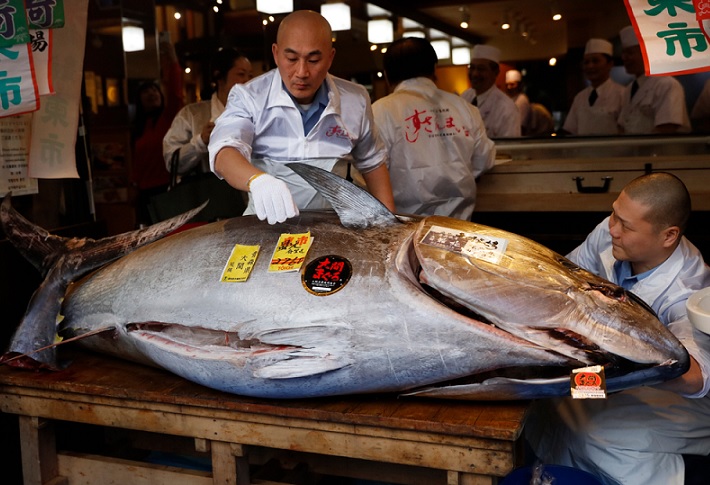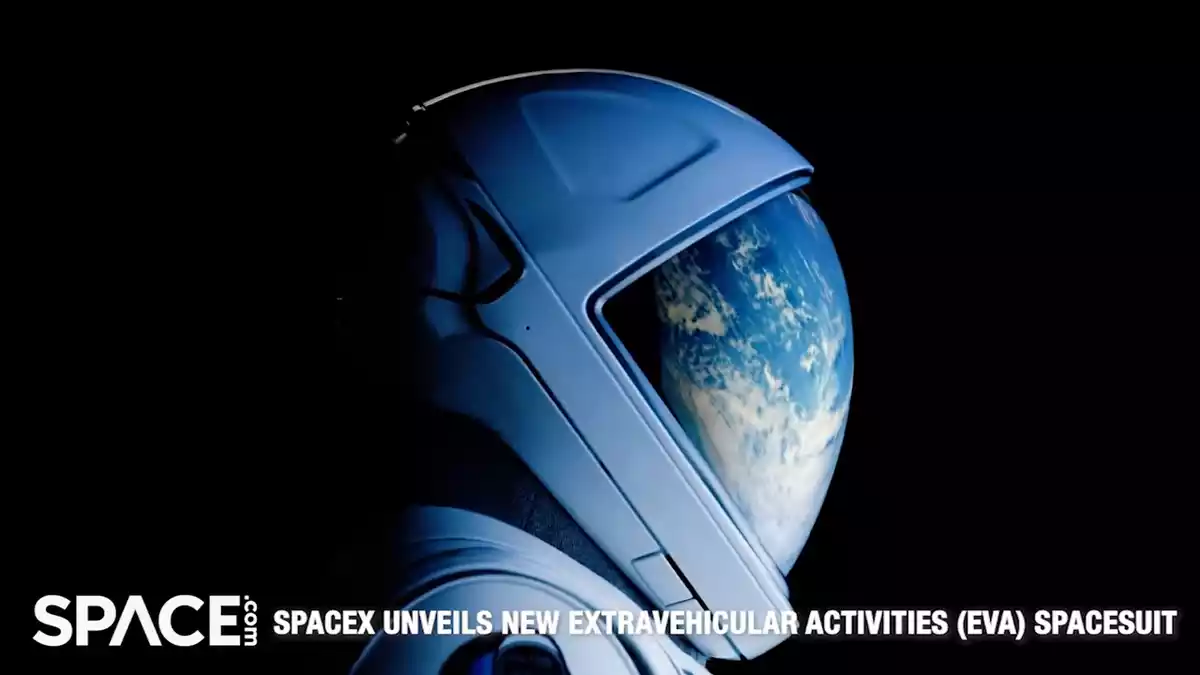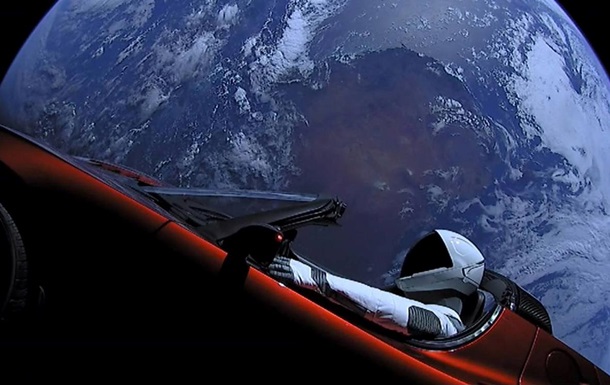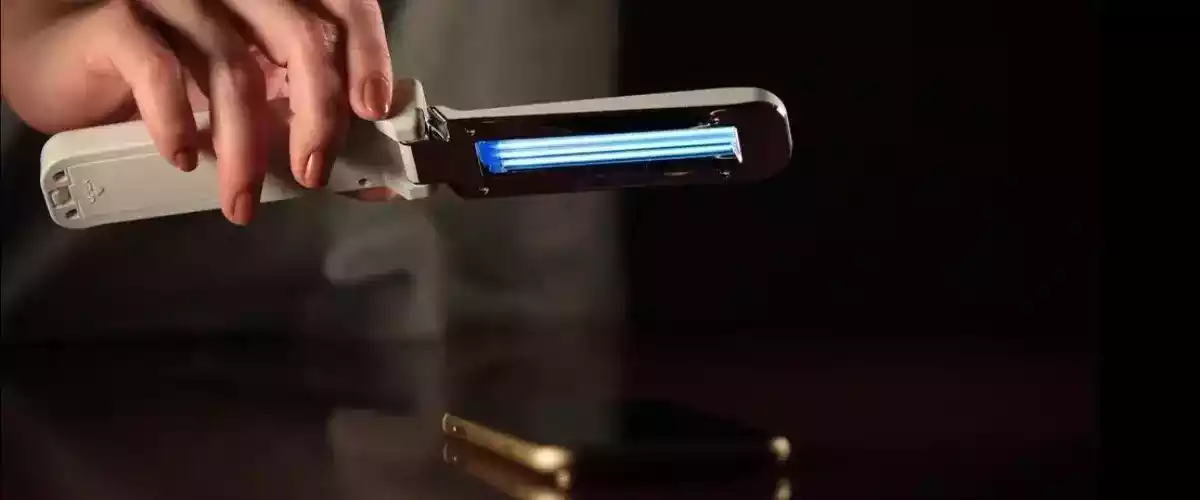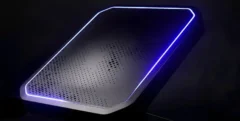In the darkest corners of the planet, where sunlight never reaches, you can still find an eerie glow illuminating the shadows.
This is bioluminescence, an amazing ability that has evolved separately at least 94 times throughout the history of life on Earth. Bioluminescent organisms can use chemical reactions to produce their own glow, a tool used for different purposes by the different creatures that possess it.
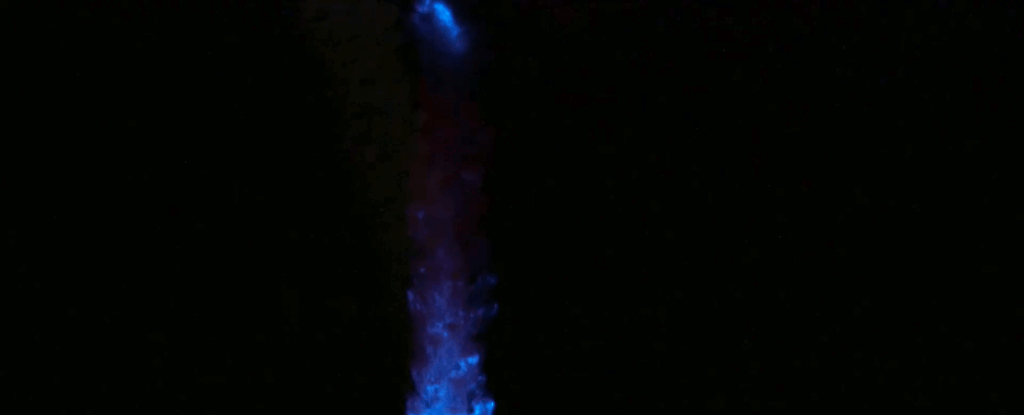
Scientists have now traced the tool back to its earliest known evolutionary origins: a class of coral called Octocorallia in the Cambrian deep ocean, about 540 million years ago. That's more than twice the age of the previous titleholder, a tiny deep-sea crustacean that lived 267 million years ago.
"We wanted to find out the timing of bioluminescence, and octocorals are one of the oldest groups of animals on the planet capable of bioluminescence," says marine biologist and lead author Daniel DeLeo of the Smithsonian Institution and Florida International University.
"So the question was, when did they develop this ability?"
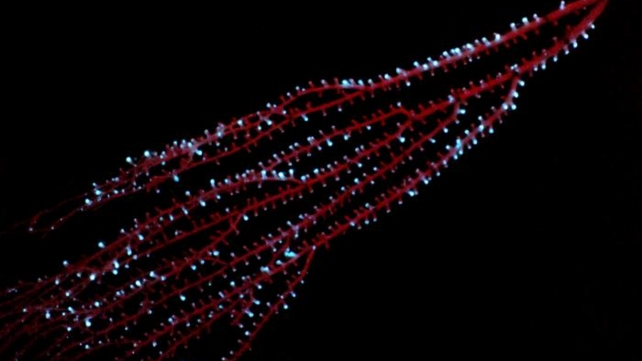
Octocorals are an amazing group of creatures. Like other corals, they are composed of polyps that group together to form a colony, often living on a framework made of their calcified secretions. However, octocorals, which get their name from the eight-fold symmetry of the polyps, have a softer skeleton than their hard relatives.
Some are also known to glow with bioluminescence, but the reason for this is a bit of a mystery, as they only do so when disturbed. Scientists speculate that this may be a lure for prey or for predators to come and eat smaller fish that feed on corals and damage them.
Because corals are among the oldest organisms on the planet, and octocorals are known to glow, DeLeo and her colleagues decided that these organisms might be the best place to look for early origins of bioluminescence. And the foundation was already laid: in 2022, a detailed octocoral family tree was published, which used genetic data from 185 octocoral taxa.
The next step was to identify and trace the lineages of the known bioluminescent octocoral species collected in field studies conducted by marine biologists Manabu Bessho-Uehara of Nagoya University in Japan and Andrea Quatrini of the Smithsonian Institution.
Their forays into the seafloor revealed previously unknown bioluminescence in five types of octocorals—a discovery they can use for the next step of the analysis, called ancestral state reconstruction.
"If we know that these octocoral species that live today are bioluminescent, we can use statistics to infer whether their ancestors were highly likely to be bioluminescent or not," explains Quattrini.
"The more living species with that trait, the more likely that as you move back in time, those ancestors probably also had that trait."
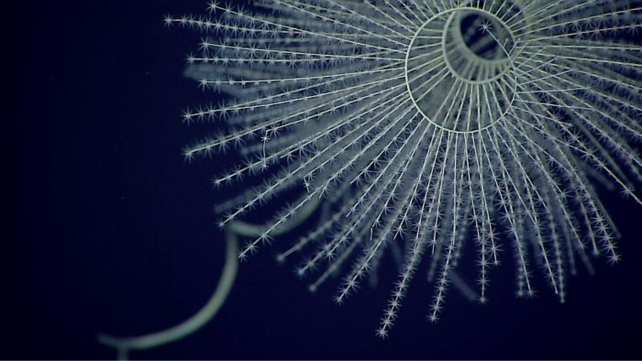
The team performed several different statistical analyses, and they all came up with a similar result: bioluminescence first appeared in the common ancestor of all octopuses around 540 million years ago. At that time, multicellular life was still in its infancy, but marine invertebrates with eyes capable of recognizing light already existed in the Cambrian ocean.
The appearance of bioluminescence at the same time indicates a certain interspecies interaction and may help to find out why this ability evolved.
But there is still another huge question. If the common ancestor of thousands of octopus species living today had bioluminescence, why do so few of them have it now? And how did they lose her? This is the next step that could shed more light on the strange ecology of the Cambrian ocean.


 203
203


